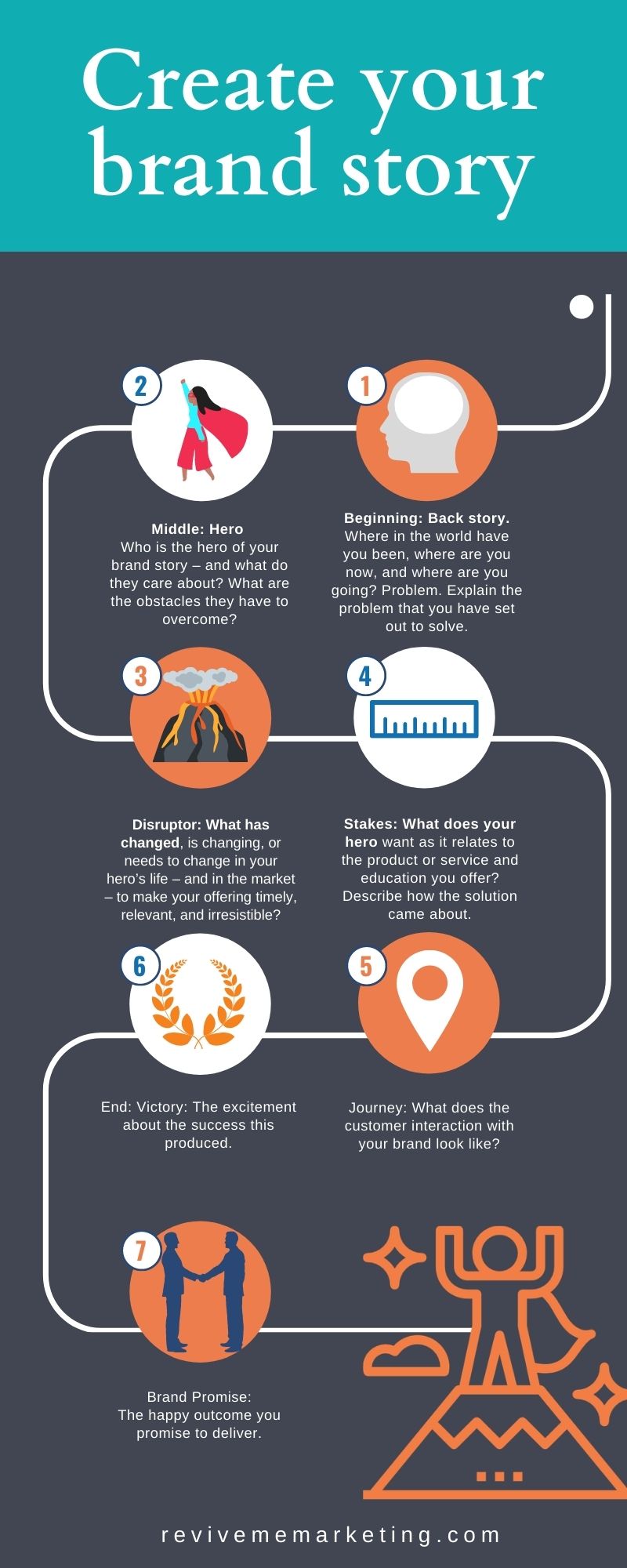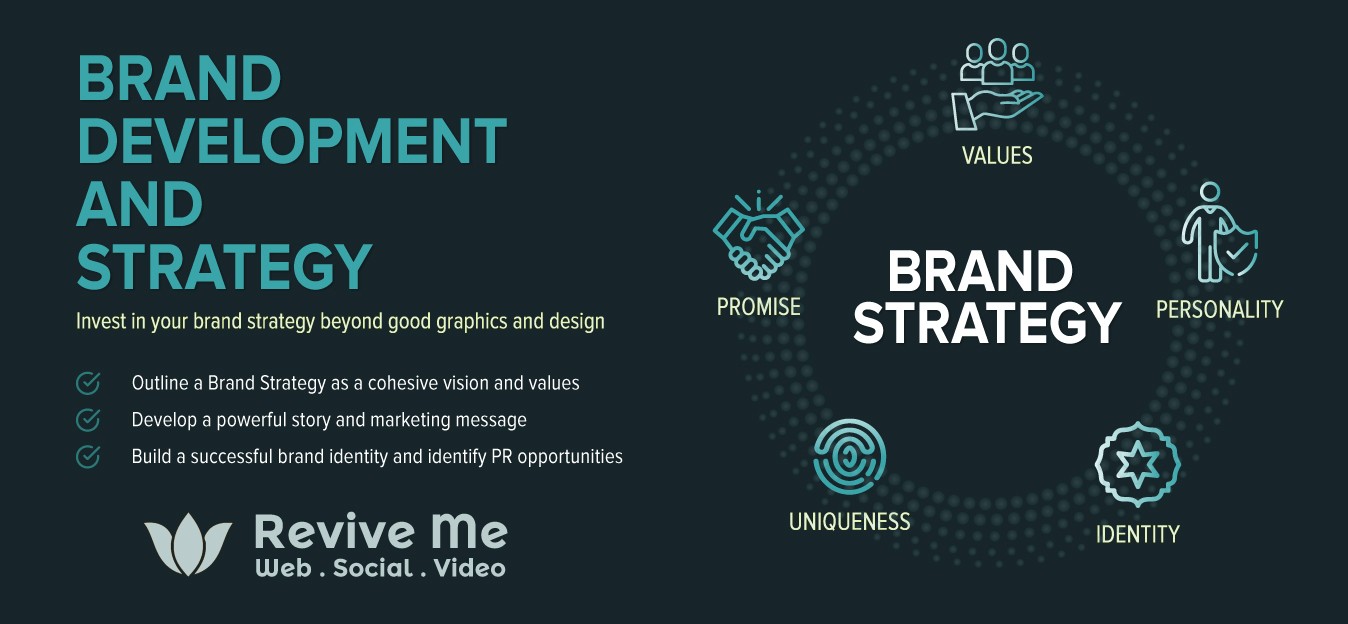
How to create a brand story that is authentic, builds trust, and connection to your desired audience?
People are engaged by emotions and intentions.
“He who tells sells,” is a universal marketing mantra for a reason. Because stories are everywhere in our lives, we have found that business leaders who attend to their brands – just an author write a book, or a director directs a movie – have to understand their own story, appreciate the journeys their customers are on, and connect the two worlds through shared values captured in the narrative.
Brand stories are not marketing materials. They are not ads, and they are not sales pitches. Brand stories should be told with the brand persona and the writer’s personality at the center stage. Boring stories won’t attract and retain readers, but stories brimming with personality can.
A brand story is more than a narrative.
The story goes beyond the copy on your website, the text in a brochure, or the presentation used to pitch to investors. Your story isn’t just what you tell people. It’s what they believe about you based on the signals your brand sends and the service they receive from you and your team. The story is a complete picture made up of facts, feelings, and interpretations, which means that part of your story isn’t even told by you.
Do you have a clear brand story and personality that aligns with the audience you are trying to attract?
Think about the brands that you do consume, what is the essence of the brand that you feel connected to? Is it the perceived value, the personality, or connection that you have in the interaction and experience? Often it is all of them. There are many ways to tell a story, in this article, we share the progressive brand story-telling method.
Every story has a beginning, a middle, and an end.
Here are the seven steps to creating a natural progression to your brand story.
- Beginning: Back story.
Where in the world have you been, where are you now, and where are you going?
Problem. Explain the problem that you have set out to solve. - Middle: Hero
Who is the hero of your brand story – and what do they care about?
What are the obstacles they have to overcome? - Disruptor:
What has changed, is changing, or needs to change in your hero’s life – and in the market – to make your offering timely, relevant, and irresistible? - Stakes:
What does your hero want as it relates to the product or service and education you offer? Describe how the solution came about. - Journey:
What does the customer interaction with your brand look like? - Victory:
The excitement about the success this produced. - Promise:
The happy outcome you promise to deliver. Tell them what your brand promises to achieve, for whom and why.

Let us know how if this article is helpful. We love to hear from you. Please leave a review via Facebook or Google My Business.
Want to find out how to identify your brand archetype to build your brand story? Read our next blog here.
More Reading Resource: The Story Cycle: A brand story template that places your customer at the center of your business storytelling https://businessofstory.com/story-cycle/

Need to refresh your Brand Story?
We can assist and work with you to create your authentic Brand Strategy.
Just drop us a message or call.

